X-Ray
Infrared long pass filters can sometimes be used for a 'X-Ray Effect'. The term X-Ray refers to how some materials are IR transparent or translucent. An IR sensitive camera with and IR filter can sometimes see through certain materials. The camera is not seeing X-Rays; the camera is seeing in the Near Infrared (NIR). Some thin fabrics, plastics, glasses and such may have an infrared transparency.
These examples show the performance of our different filters. None of these pictures have been retouched or adjusted. All pictures captured and a Sony PCR-100 DV camcorder directly to a memory stick. The camcorder is completely stock with no special modifications.
The left hand column shows the filter performance in direct bright light. The right hand column shows filter performance under indirect light. Pay close attention to both the brightness and the sharpness of the text visible through the bag.
Direct Light Indirect Light
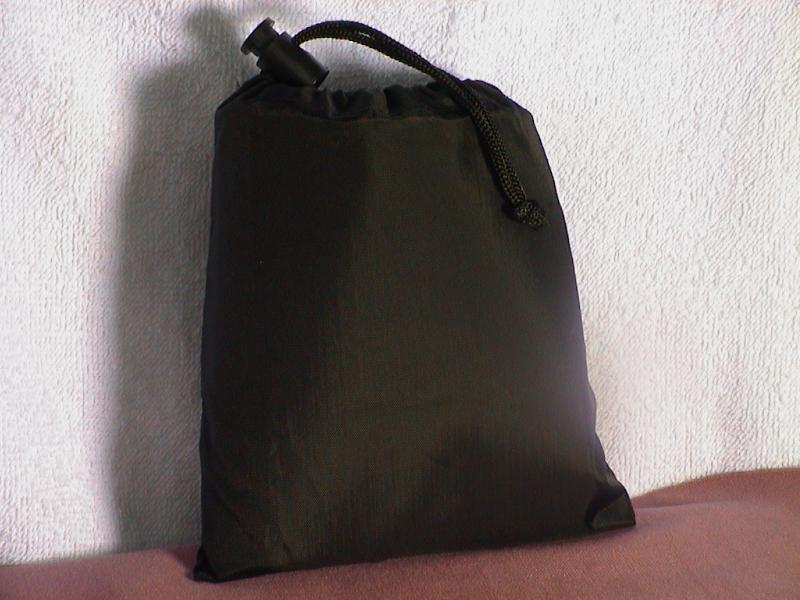
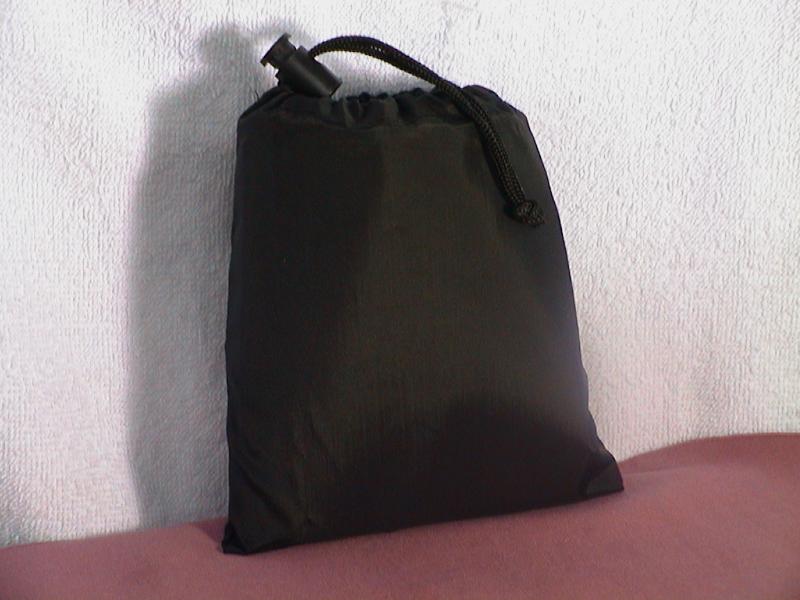
No filter used. Camera in regular mode.
![]()
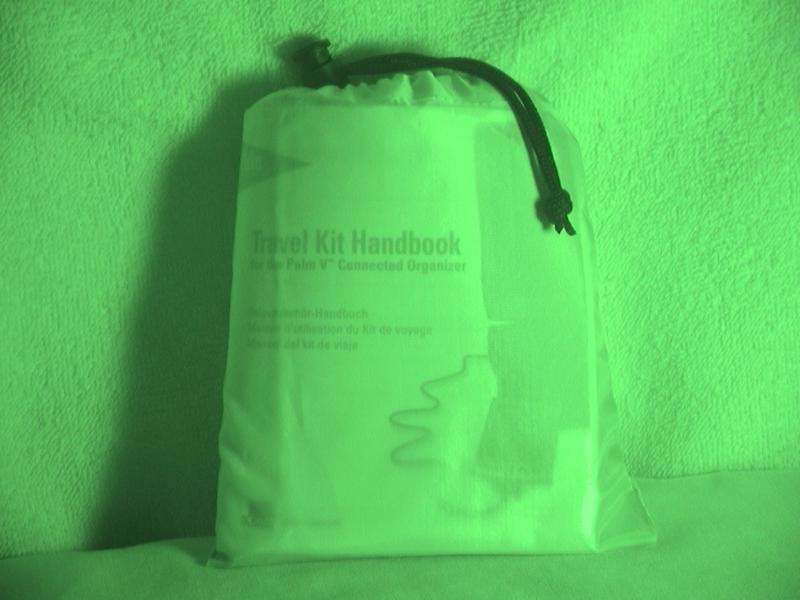
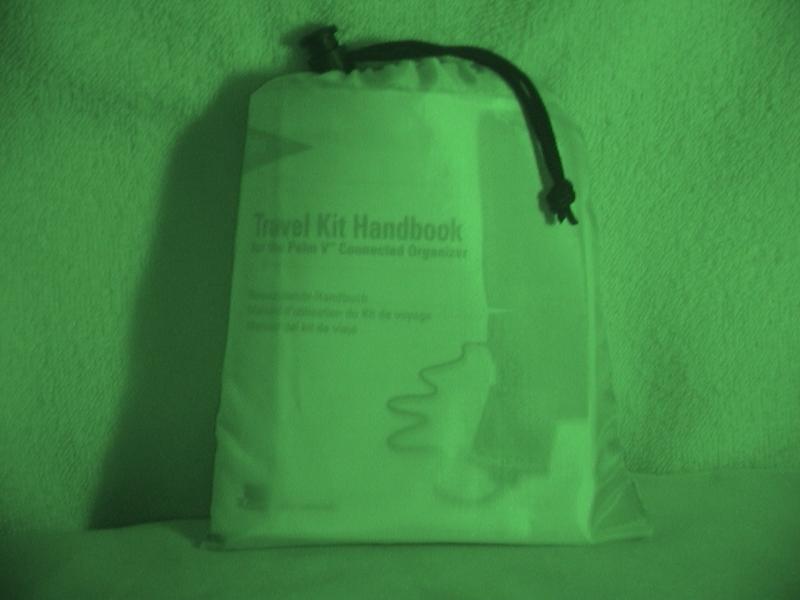
X-Nite830. 830nm cutoff. Very good memory stick capture performance, but video shows direct light can wash-out image. Indirect light performance very good. Brightness is excellent, but the detail is softest. Direct, bright sunlight can overload filter. Excellent indoor and low light performance.
![]()
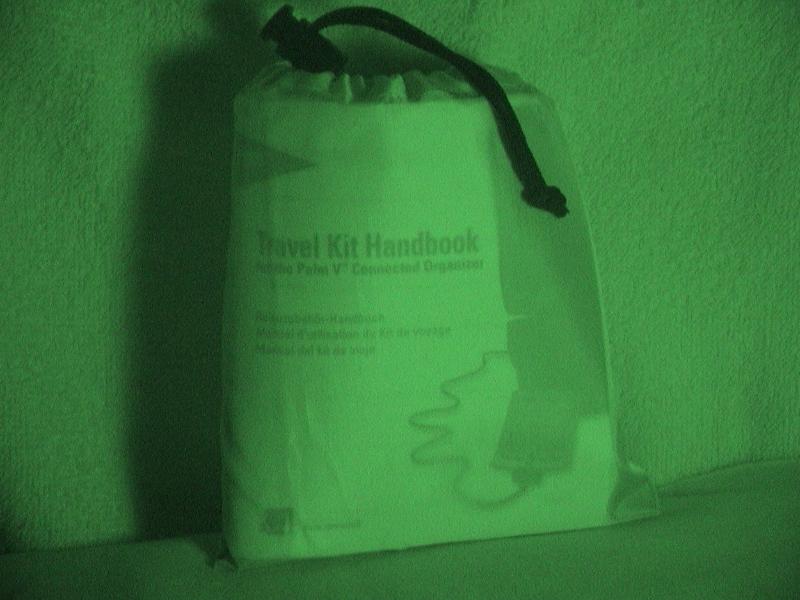
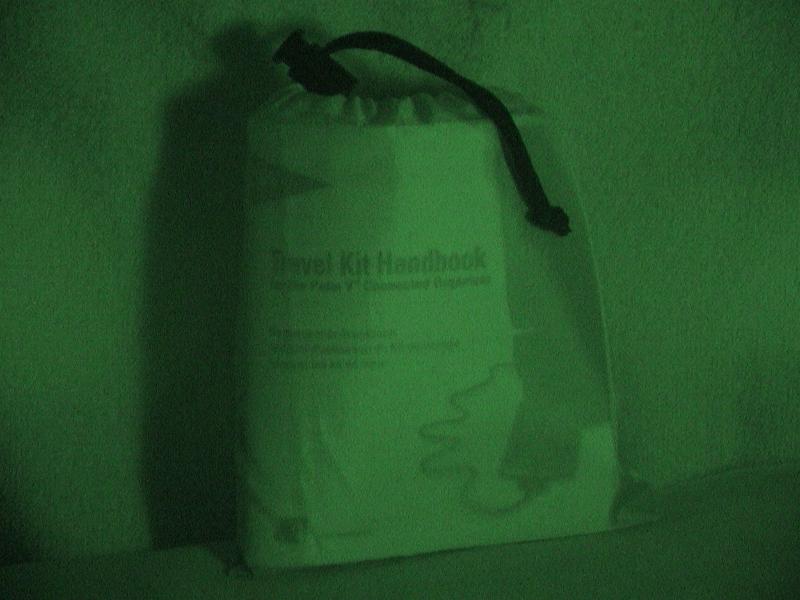
X-Nite850. 850nm cutoff with a different slope than the 830nm curve. Very good direct light performance. Indirect light is good but a bit dark. Video performance is very good. Good all-around filter. Doesn't overload camera in bright light like the 830nm can and not quite as dark as the 1000nm. Good detail.
![]()
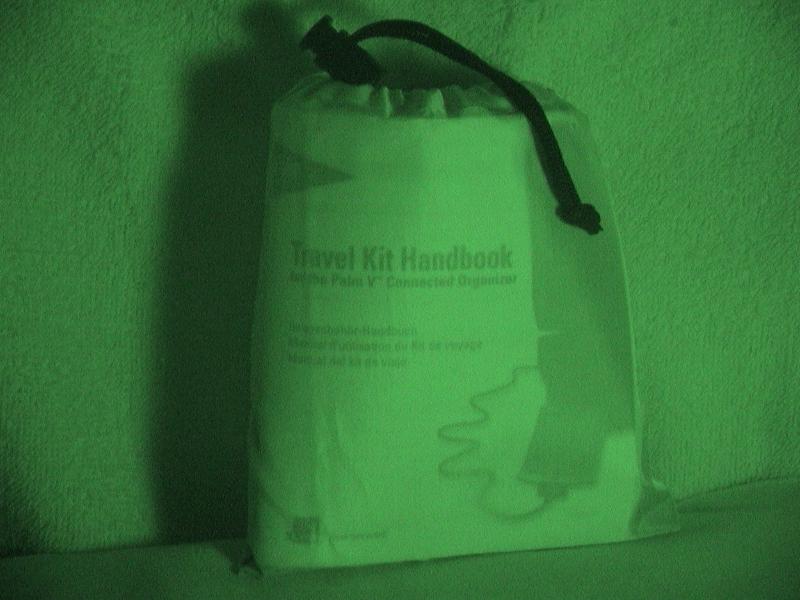
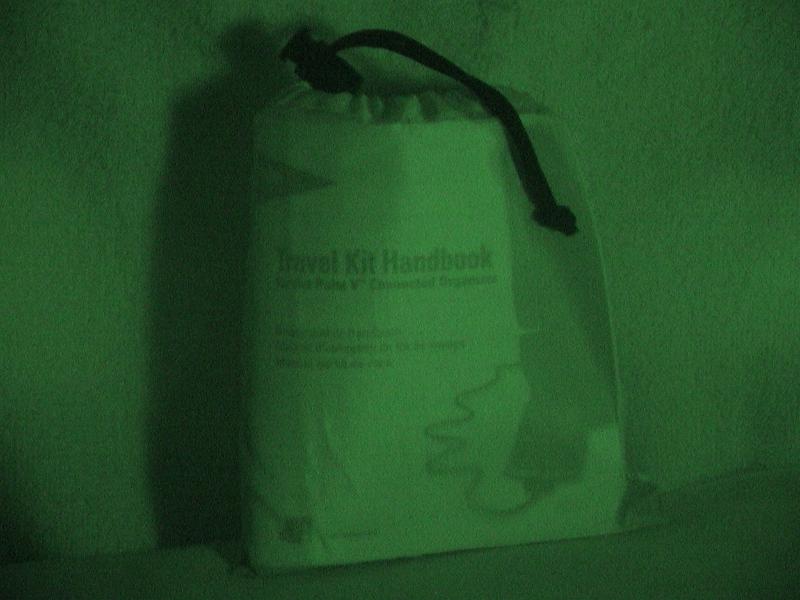
X-Nite1000. 1000nm cutoff. Direct light performance is very good. Indirect light shows is dark. Video performance is very good. On this particular camera, saving to Memory stick is a bit dark. Similar to the 850nm but darker overall and slightly better detail.
![]()
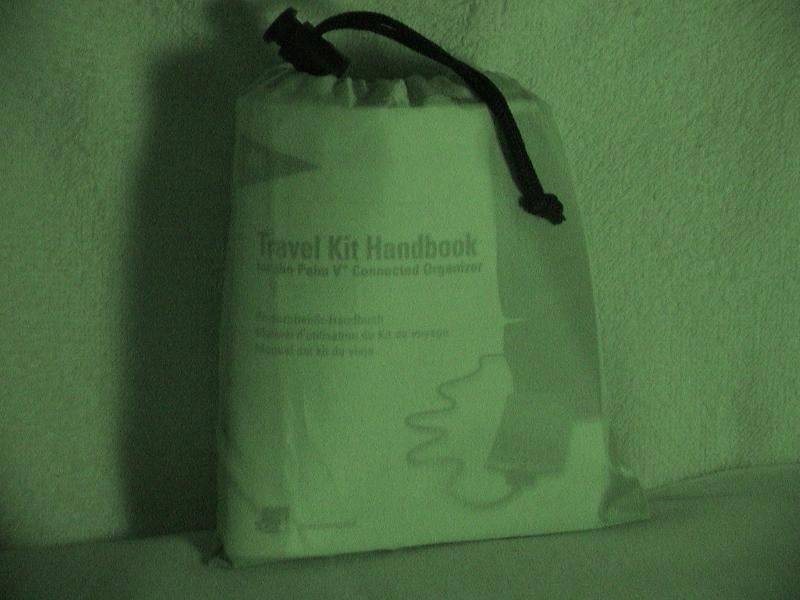

X-NiteXDP. This is a brand new type of glass filter with exceptional resolution performance. If you look closely, you will notice that this glass has a much sharper picture than the 830nm, 850nm and 1000nm. Direct light performance is excellent. Indirect light is a little dark. Video performance is excellent. On this particular camera, Memory stick is a bit dark. When viewing video using this filter, you can clearly see the details in the white towel behind the bag and read the small print. The 830nm, 850nm and 1000nm show a much brighter image but the towel appears in a slightly soft focus and you can't read the fine print. Look closely at the word "Kit" using this filter versus the others. This glass outperforms any other glass we have tested.
XDP stands for X-Nite Dual Profile. The XDP glass can't be assigned one number like the other lens because the glass has two separate light transmission profiles. Under pure infrared light, the XDP will perform similarly to the 1000nm, but under sunlight, the XDP will provide much more detail. Because of the unique nature of the glass, you should not use any other filter or lens protector with the XDP without test first. Other filters and even seemingly clear glass lens protectors may filter out light frequencies which add detail. Users interested in Kirlian (Kirian) photography, may find the XDP particularly useful.
All of these pictures are unaltered other than reducing the size to 800x600 and increasing the JPG compression - otherwise each image is over 500K. If you tweak the images for brightness and contrast, you can improve the quality of the pictures significantly. All of these pictures look brighter under video for the Sony PC100 used. Our modified digital cameras are better at saving exactly what you see on the monitor to Memory Stick than the Sony DCR-PC100 which tends to save a darker picture to Memory Stick than the video tape.
The bag example pictures were taken indoors and artificially lit. Below is an outdoor example that illustrates the much higher resolution possible with the XDP filter.
X-Nite830 X-NiteXDP
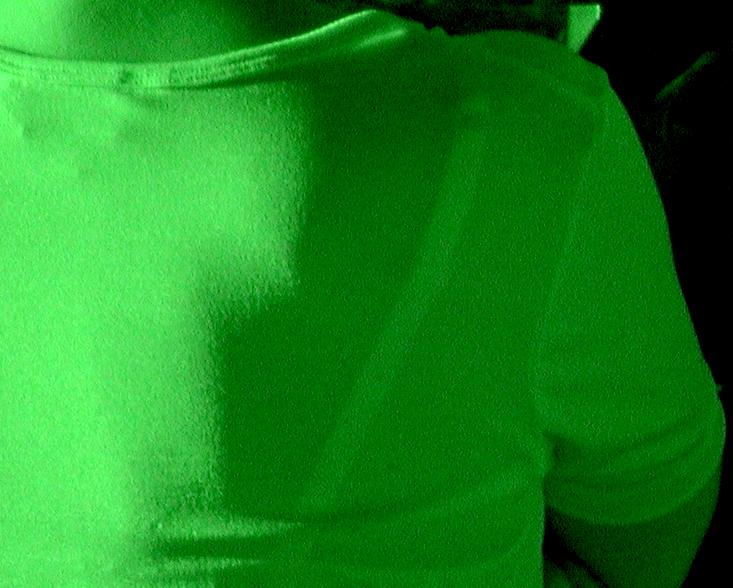
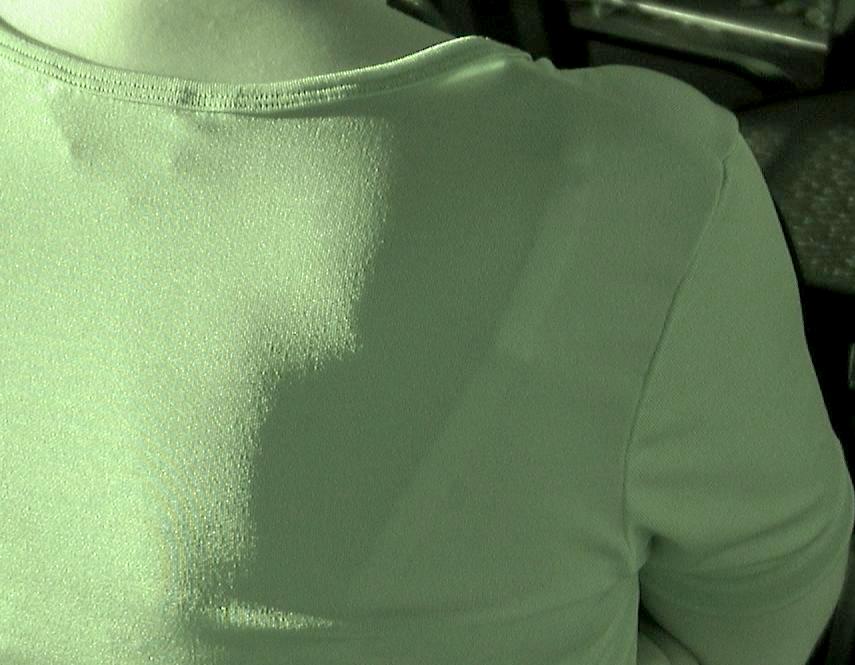
Zooming in on the stitching detail, the extra resolution is obvious. You can see not only the needle holes in the fabric but even the fabric cloth pattern. In this example, the 830nm shows brighter hidden detail but lower resolution than the XDP. Keep in mind that all of these examples were shot with a completely stock Sony DCR-PC100 camcorder!
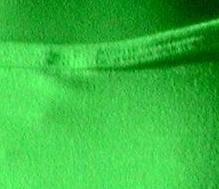
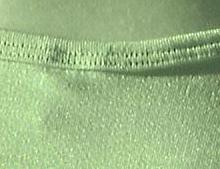
What's the ideal filter? Depends on the lighting conditions, camera, object being photographed, etc. We think you should own them all!